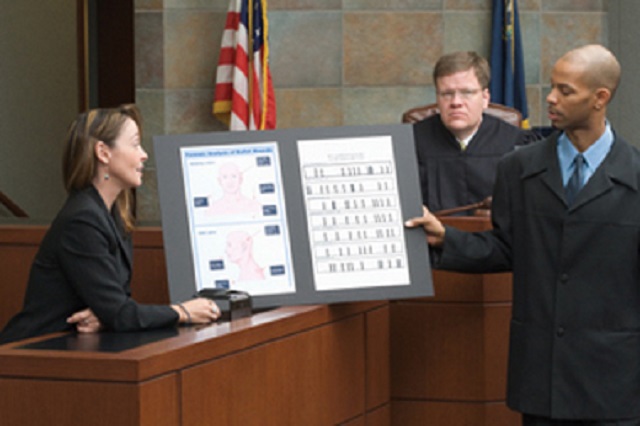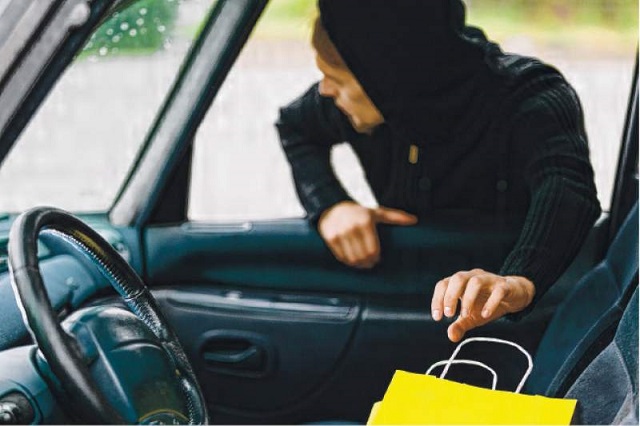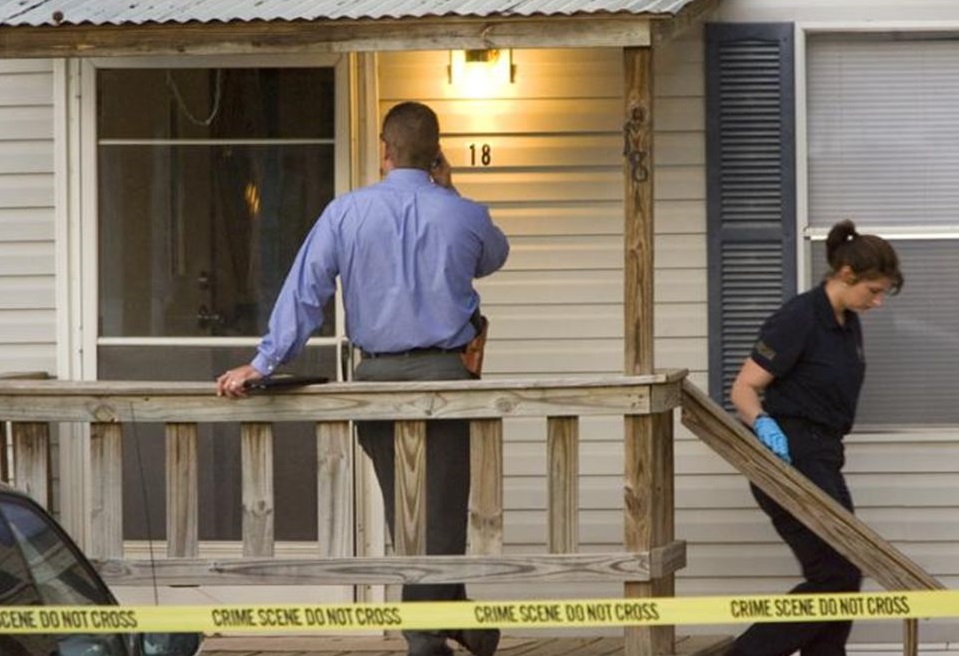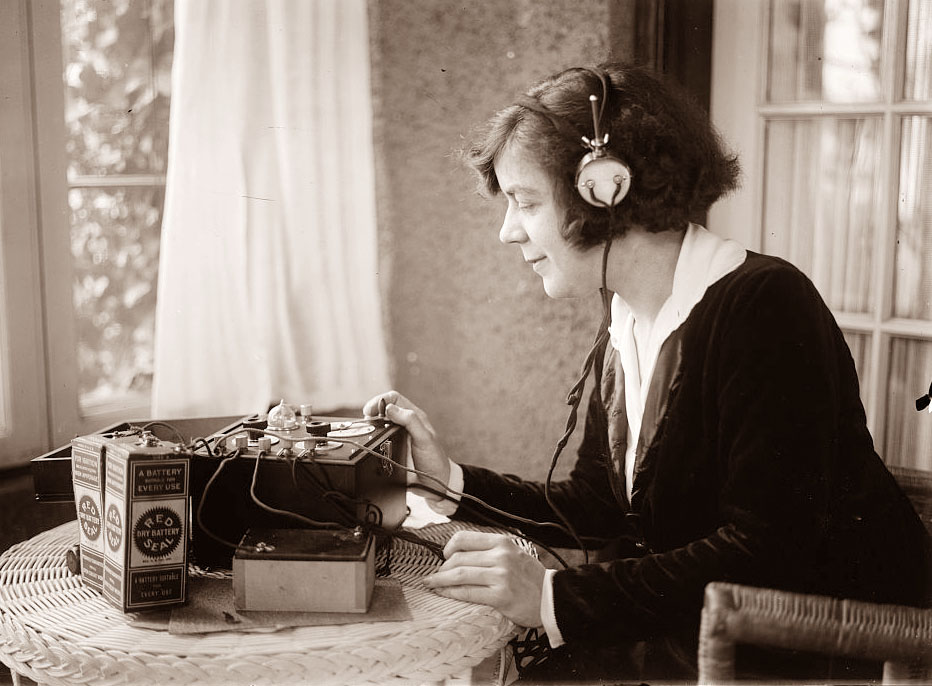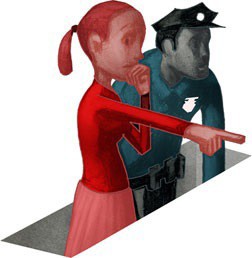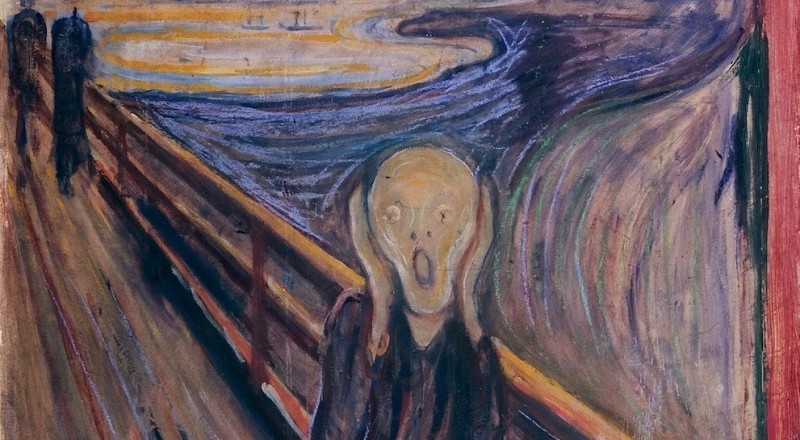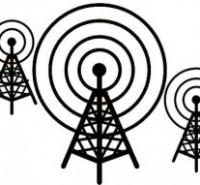
Guitron v. State (Nev. Ct. App. – May 21, 2015)
NRS 201.180 defines incest as occurring when persons being within the degree of consanguinity within which marriages are declared by law to be incestuous and void either intermarry with each other commit fornication or adultery with each other. A parent and natural child are within the degree of consanguinity wherein a marriage between the two would be declared by law incestuous and void.
The issue is whether the State must present DNA evidence conclusively proving a defendant is the father of the victim to support a conviction for incest.
Guitron met the victim’s mother, Anita, in Las Vegas in 1997 or 1998. The couple dated for some time, after which Anita moved to Michigan. When she left Las Vegas, Anita was approximately two to three months pregnant with the victim, who she asserted was Guitron’s child. However, Anita did not tell Guitron she was pregnant and she had no contact with Guitron for some years after leaving Las Vegas. When the victim was five years old, Anita applied for child support from Guitron, which the court awarded following a positive paternity test.
In October 2010, Guitron called Anita while she was living in Ohio with the victim and her two other children fathered by another man. The victim, who was then 11 years old, overheard the conversation, realized it was her father on the phone, and asked to speak with him. The victim testified that during this first telephone conversation, Guitron told her he was her father. Anita described the victim as a kid in a candy store upon speaking with her father for the first time.
Following this phone call, Anita moved back to Las Vegas in late 2010 and resumed her relationship with Guitron. The victim, who was in elementary school, was thrilled to finally meet her father. Guitron began living with the family shortly after the move. During this time, the victim discussed sex with Anita and had at least some knowledge and understanding of sex.
When the victim was 12 years old, Anita realized the victim was pregnant. Initially, the victim told Anita a neighbor boy was the father. The next day, Anita took the victim to a pregnancy center where medical personnel confirmed she was eight months pregnant. Based on the victim’s statements during the examination, the medical staff called the police and alleged Guitron had sexually assaulted the victim. The victim then admitted to both Anita and the police that Guitron was the baby’s father. She explained she initially lied because Guitron told her to say the neighbor boy was the father. DNA testing by the Las Vegas Metropolitan Police Department conclusively proved Guitron was the father of the victim’s baby. Additionally, Guitron sent letters to the victim during the pendency of the case, openly admitting he was the baby’s father.
At trial, based on his statement during an interview to detectives prior to his arrest, Guitron asserted he and the victim only engaged in sex on one occasion. Further, he alleged the victim initiated that single sexual encounter, which occurred while Guitron was intoxicated and partially unconscious. Guitron argued the victim was sexually curious and wanted to have sex with him, and she was capable of understanding the consequences of her actions despite her age. He also asserted the State did not meet its burden of proof on the incest charge because the State did not present DNA evidence proving he was the victim’s father. The State countered with evidence Guitron had groomed the victim and engaged in sexual conduct with her on multiple occasions, even when the victim resisted his advances. The State also presented witness testimony that Guitron was the victim’s father.
The jury convicted Guitron of incest, four counts of sexual assault with a minor under the age of 14, and two counts of lewdness with a child under the age of 14. Guitron appealed.
On appeal, Guitron argued, among other issues, that his conviction for incest was not supported by the evidence, solely because the State failed to present DNA evidence conclusively proving he is the father of the victim.
NRS 51.265 provides that reputation among members of a person’s family by blood or marriage, or among his or her associates, or in the community, is not inadmissible under the hearsay rule if it concerns his or her birth, marriage, divorce, death, legitimacy, relationship by blood or marriage, ancestry or other similar fact of his or her personal or family history.
At trial, both the victim and her mother, Anita, testified Guitron was the victim’s father. Further, Guitron paid child support for the victim after paternity tests concluded he was the father of the victim. Thus, the jury heard testimony from both the victim and Anita that Guitron was the victim’s father. Therefore, the Nevada Court of Appeals believed that under NRS 51.265, the jury could reasonably conclude from the evidence presented, Guitron was the victim’s father.
Additionally, NRS 51.035(3)(a) provides a party’s own statement offered against him is not hearsay and is admissible against him. Guitron admitted to detectives that DNA testing confirmed his paternity in prior child support proceedings and he repeatedly told detectives the victim was his biological child. Thus, the Court concluded that Guitron’s numerous admissions to detectives are admissible evidence sufficient to prove paternity beyond a reasonable doubt, despite the State’s lack of DNA evidence of paternity to the jury.
Furthermore, 51.345(1) excepts from the hearsay rule statements that, at the time they are made, would subject the declarant to criminal liability or social disapproval, and that a reasonable person in the position of the declarant would not have made unless he believed it to be true. At trial, the State presented letters written by Guitron to the victim. In those letters, Guitron told the victim “you are my beautiful daughter” and “I love you,” and instructed the victim to remember “we had [a] talk in the backyard about the fact about [C.G.] being your sister and your daughter and my daughter, too. Remember me and you said that’s going to be weird like on Jerry Springer show. But me and you got a daughter together.”
Thus, in addition to the DNA evidence showing conclusively Guitron was the baby’s father, Guitron wrote several letters to the victim asserting she was his daughter and the victim’s baby was also his child. As this open admission of incest would and did subject Guitron to both criminal liability and social disapproval, and because Guitron did not argue he did not believe the statements to be true, these letters were likewise admissible evidence upon which the jury may have based its verdict. Thus, the Court found that based on Guitron’s own statements, the jury could reasonably infer he was the biological father of the victim. Accordingly, because ample evidence reflected that Guitron was the father of both the victim and her baby, the Court affirmed the incest conviction.

